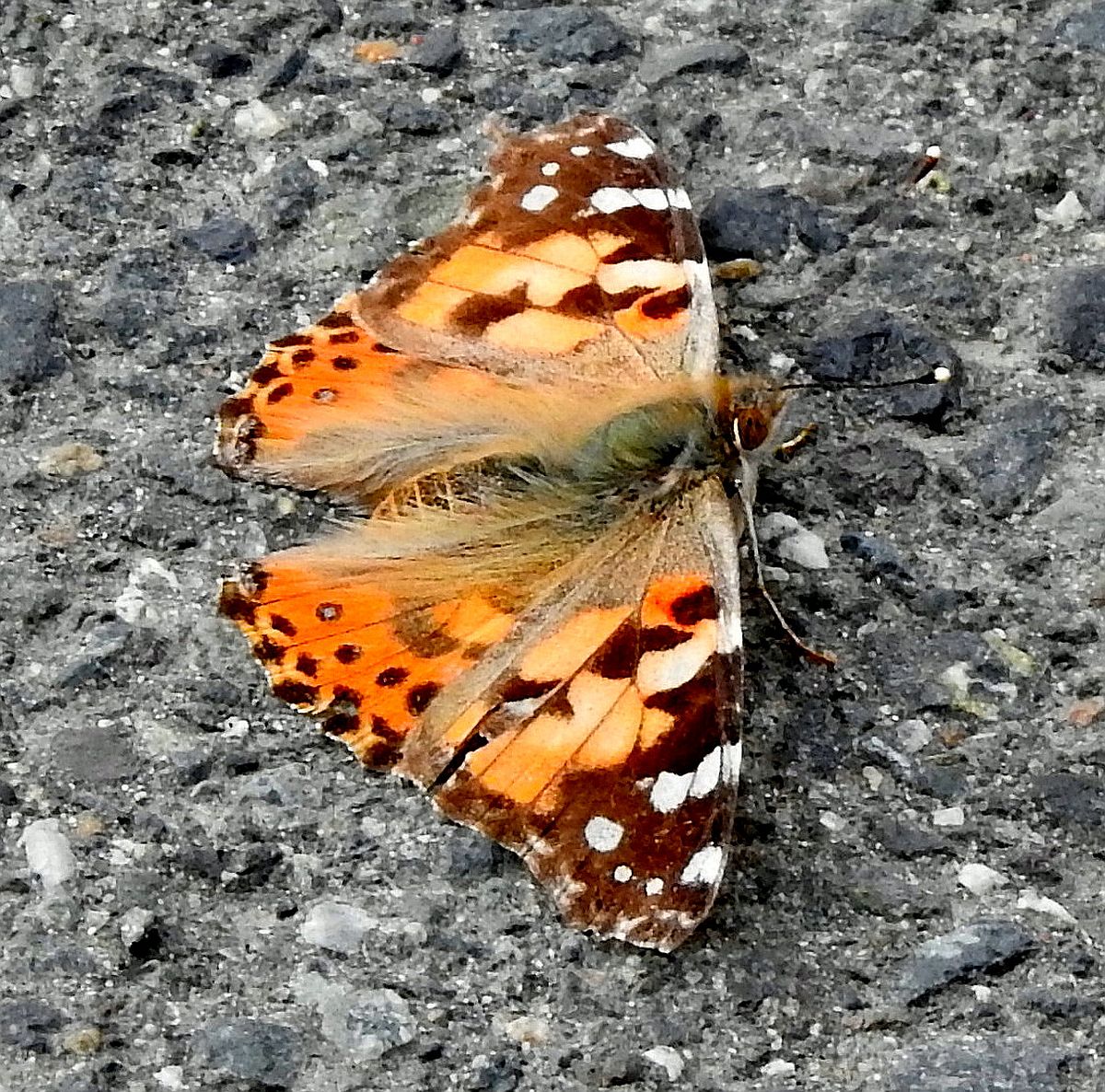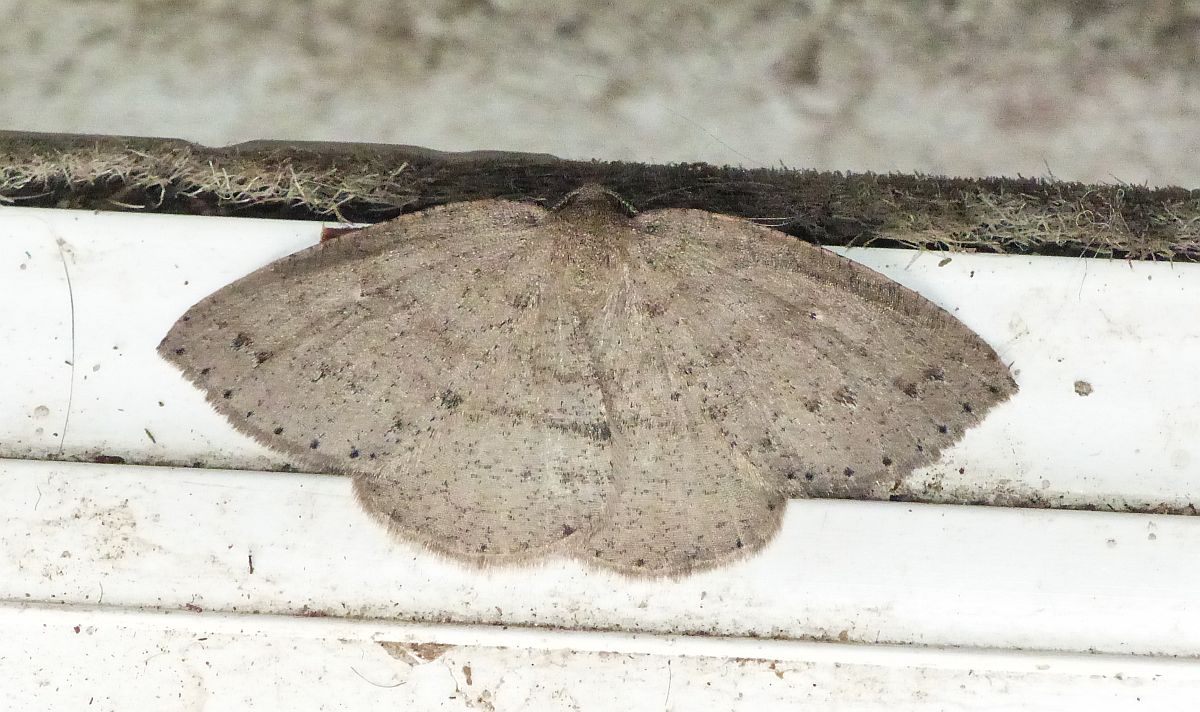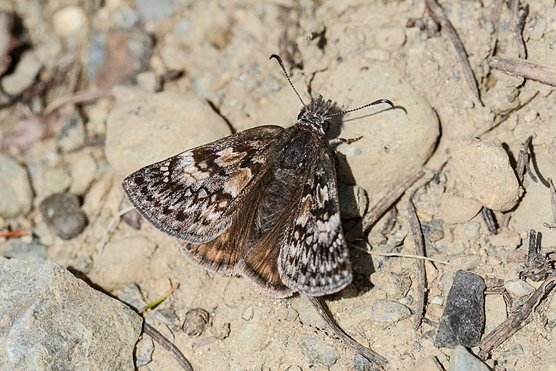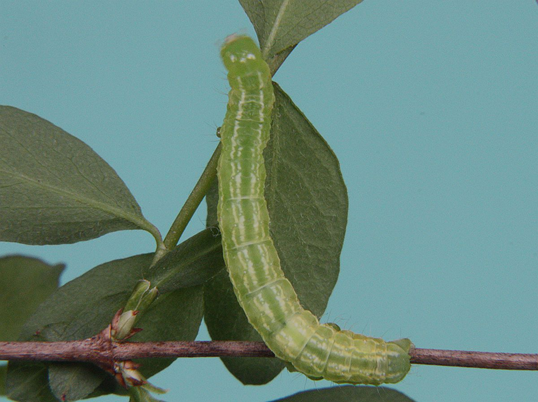2019 April 16
Mile Yip writes from Nanoose: Hasn’t been much butterfly weather up here, but I saw a Western Pine Elfin last week on the Cross Road trail. I checked again today but I think it was too cool – about 11° C. At the warmer southwest face of the notch several Sara Orangetips were flying as well as two Propertius Duskywings and three Cabbage Whites. A female Propertius Duskywing did settle down to bask and allowed for a photo.
Propertius Duskywing Erynnis propertius (Lep.: Hesperiidae) Mike Yip
Gerry and Wendy Ansell write: There were two Sara Orangetips at the base of Christmas Hill yesterday (April 15) at around 4:15p.m.. They were beautiful, fresh specimens. Also a few Cabbage Whites.
Jeremy Tatum writes:
Sonia Voicescu is by now well engaged in putting all the butterfly observations that appear on Invertebrate Alert on to eButterfly. It is a big job (and likely to get bigger as the season goes on!) so we thank Sonia for it. Viewers may notice that Val usually accompanies his observations with precise geographic coordinates. This is a great help to Sonia, so we encourage anyone who is tech-savvy and who can easily give coordinates (of butterfly sightings) to do so. However, we stress that we certainly don’t want butterfly watching to become a chore, so, if you can’t easily get coordinates, don’t worry about it! Just send in your observations as usual, with a reasonable indication of where (not “my back yard”!!!!!!) and when you saw it. See March 19 entry for more information on eButterfly.
There is also the question of the names to be used for butterflies. eButterfly may not use the same names that we have become accustomed to using. Sonia and I are keeping in touch about this. For example, what we usually call the Western Spring Azure is called by eButterfly the Echo Azure. Every book seems to use a different set of names, and the names seem to change with alarming frequency. Many butterflies have what is called an “extensive synonymy”!
On Invert Alert, I do not try to keep up with every name-change. I think it would be quite confusing to change them every year. I try to use a consistent set of names from year to year. I list below the names that are used on Invertebrate Alert for some of our commoner butterflies. These names are neither “right” nor “wrong” – they are just the ones that we use on Invertebrate Alert. You will find many different names elsewhere.
Propertius Duskywing Erynnis propertius
Two-banded Grizzled Skipper Pyrgus ruralis
Essex Skipper Thymelicus lineola
Woodland Skipper Ochlodes sylvanoides
Clodius Parnassian Parnassius clodius
Anise Swallowtail Papilio zelicaon
Western Tiger Swallowtail Papilio rutulus
Pale Tiger Swallowtail Papilo eurymedon
Pine White Neophasia menapia
Margined White Pieris marginalis
Cabbage White Pieris rapae
Sara Orangetip Anthocaris sara
Orange Sulphur Colias eurytheme
Purplish Copper Lycaena helloides
Cedar Hairstreak Mitoura rosneri
Western Brown Elfin Incisalia iroides
Moss’s Elfin Incisalia mossii
Western Pine Elfin Incisalia eryphon
Grey Hairstreak Strymon melinus
Western Tailed Blue Everes amyntula
Western Spring Azure Celastrina echo
Silvery Blue Glaucopsyche lygdamus
Satyr Comma Polygonia satyrus
Green Comma Polygonia faunus
California Tortoiseshell Nymphalis californica
Mourning Cloak Nymphalis antiopa
Milbert’s Tortoiseshell Aglais milberti
American Lady Vanessa virginiensis
Painted Lady Vanessa cardui
West Coast Lady Vanessa annabella
Red Admiral Vanessa atalanta
Hydaspe Fritillary Speyeria hydaspe
Field Crescent Phyciodes pratensis
Mylitta Crescent Phyciodes mylitta
Lorquin’s Admiral Limenitis lorquini
Ringlet or Large Heath Coenonympha tullia
Common Woodnymph Cercyonis pegala
Great Arctic Oeneis nevadensis
Monarch Danaus plexippus















